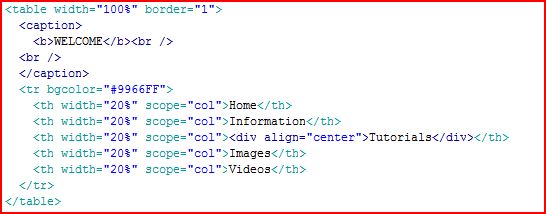The Economist (online) Apr 20th 2006 | from the print edition
http://www.economist.com/node/6794156
Kluth writes that the start of mass media arrived when Gutenberg invented movable letters to print the books that were previously written by monks and only accessible to the aristocratic and religious elite. Now, the written word could be circulated widely.
Kluth writes that the start of mass media arrived when Gutenberg invented movable letters to print the books that were previously written by monks and only accessible to the aristocratic and religious elite. Now, the written word could be circulated widely.
The next technological breakthrough was radio and then television.
Then came computers and the world wide web which dramatically changed the flow of information: the audience is no longer a passive media consumer but participates in creating media and information. In the latest media revolution, "the boundaries between audiences and creators become blurred and often invisible." Dictionary publisher Merriam-Webster chose 'blog' as its word of the year in 2004, and the New Oxford American Dictionary picked 'podcast' in 2005.
'Media Mogul' Barry Diller, who had launched America's FOX Broadcasting, did not believe in 2006 that participatory media, or what is labelled social media today, could ever become the basis of a media industry, mainly because of average quality and talent.
Of course Diller has been proven wrong. As Joe Kraus, founder of JotSpot which makes software for wikis, says, “the old media model was: there is one source of truth. The new media model is: there are multiple sources of truth, and we will sort it out.”
Participatory media has opened the curtain for an explosion of talent and diversity, and people can decide for themselves what they like and follow.




